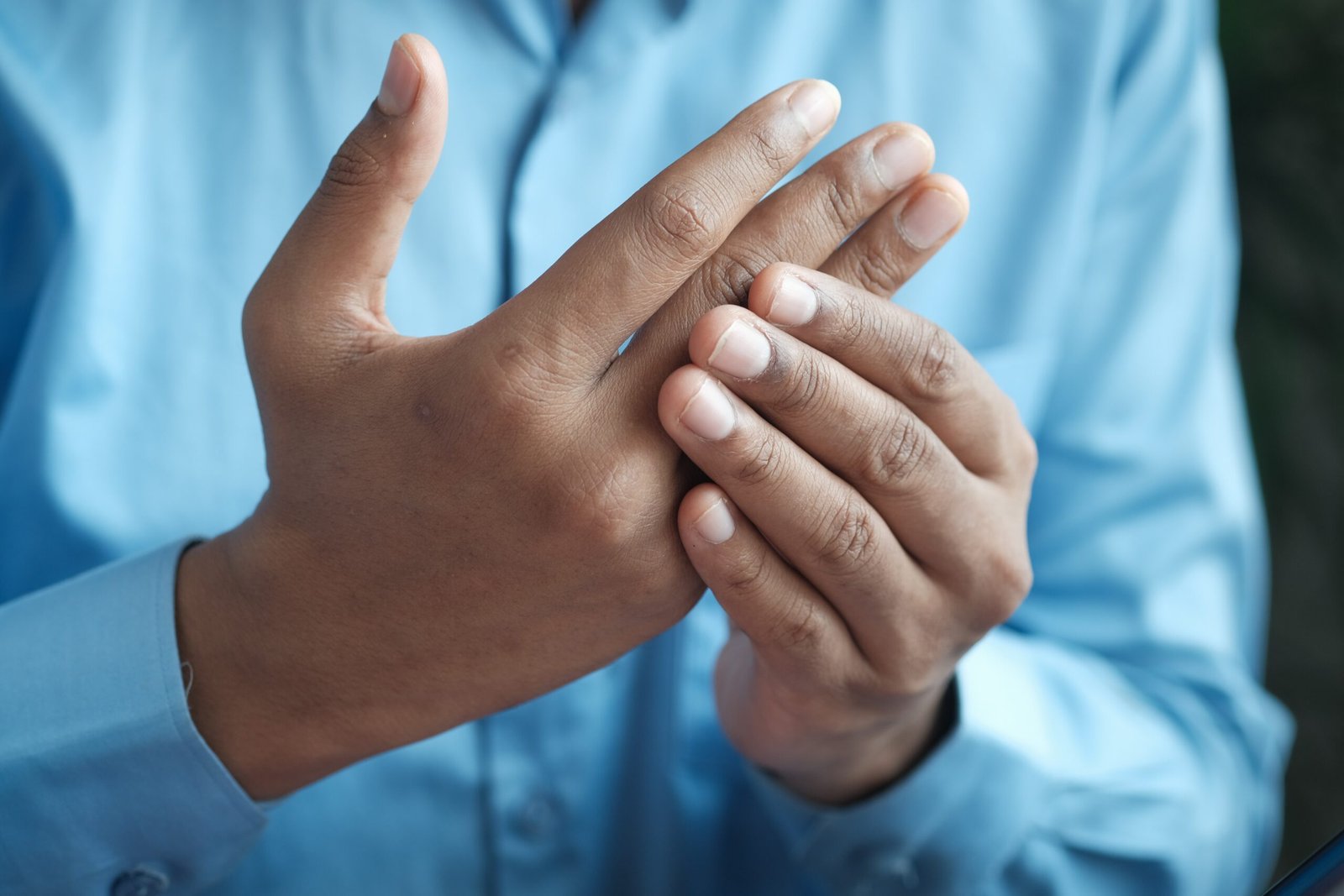The Mind-Body Connection and Arthritis
Arthritis is a common condition that affects millions of people worldwide. It is characterized by inflammation and stiffness in the joints, leading to pain and limited mobility. While there is no cure for arthritis, there are various ways to manage its symptoms and improve overall well-being. One such approach is through the use of relaxation techniques that harness the power of the mind-body connection.
Understanding the Mind-Body Connection
The mind-body connection refers to the link between our thoughts, emotions, and physical health. It acknowledges that our mental and emotional states can have a profound impact on our physical well-being. By harnessing this connection, individuals can learn to manage chronic conditions like arthritis more effectively.
Relaxation Techniques for Arthritis Management
Relaxation techniques are practices that help calm the mind, reduce stress, and promote a sense of well-being. These techniques can be highly beneficial for individuals with arthritis, as stress and tension can exacerbate pain and inflammation. Here are some relaxation techniques that can help manage arthritis symptoms:
1. Deep Breathing
Deep breathing exercises involve taking slow, deep breaths, filling the lungs with air, and then exhaling slowly. This technique helps activate the body’s relaxation response, reducing stress and promoting a sense of calm. By practicing deep breathing regularly, individuals with arthritis can experience a decrease in pain and an improvement in overall well-being.
2. Progressive Muscle Relaxation
Progressive muscle relaxation involves tensing and then relaxing different muscle groups in the body. By systematically tensing and releasing muscles, individuals can release tension and promote relaxation throughout the body. This technique can help reduce muscle stiffness and pain associated with arthritis.
3. Guided Imagery
Guided imagery involves using the power of the imagination to create positive mental images. By visualizing peaceful and calming scenes, individuals can promote relaxation and reduce stress. Guided imagery can be particularly helpful for managing arthritis pain by redirecting the focus away from discomfort and towards a more soothing mental state.
4. Meditation
Meditation is a practice that involves focusing the mind and achieving a state of deep relaxation. By practicing meditation regularly, individuals can reduce stress, improve mental clarity, and enhance overall well-being. Meditation can be adapted to suit the needs of individuals with arthritis, whether through guided meditation or focusing on breath awareness.
5. Yoga
Yoga combines physical postures, breathing exercises, and meditation to promote flexibility, strength, and relaxation. It has been shown to be beneficial for individuals with arthritis by reducing pain, improving joint function, and enhancing overall quality of life. Modified yoga poses can be tailored to accommodate different levels of mobility and flexibility.
Incorporating Relaxation Techniques into Daily Life
To reap the benefits of relaxation techniques, it is important to incorporate them into daily life. Here are some tips for integrating these practices into your routine:
- Schedule regular relaxation sessions, even if it’s just a few minutes a day.
- Create a peaceful environment free from distractions.
- Experiment with different techniques to find what works best for you.
- Consider joining a class or seeking guidance from a qualified instructor.
- Practice mindfulness and bring awareness to the present moment.
Conclusion
The mind-body connection plays a crucial role in managing arthritis symptoms. By incorporating relaxation techniques into daily life, individuals with arthritis can experience a reduction in pain, improved mobility, and an overall sense of well-being. It is important to remember that while these techniques can be highly beneficial, they should not replace medical treatment. It is always recommended to consult with a healthcare professional for a comprehensive arthritis management plan.
